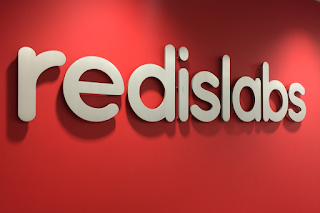The GSMA is predicting a relatively fast uptake of 5G with 1.4 billion global 5G connections by 2025, accounting for more than 15 percent of the mobile market, and up from a predicted, up from about 200 million 5G connections in 2021.
In a new report, ‘Intelligent Connectivity: How the Combination of 5G, AI, Big Data and IoT Is Set to Change Everything,’ the GSMA highlights how 5G networks, artificial intelligence (AI), smart platforms and the Internet of Things (IoT) is set to transform the lives of citizens and businesses around the world.
The report draws on fresh interviews with senior representatives from Deutsche Telekom, GSMA Intelligence, KT Corp, Telefonica and Vodafone.
"The combination of 5G, the IoT, Big Data and AI will impact almost every aspect of our daily lives from the way we consume entertainment to the "way in which we learn and interact with colleagues - all underpinned by ubiquitous hyper-connectivity, commented Mats Granryd, Director General, GSMA. “The fusion of these transformative technologies will drive fundamental changes and intelligently connect everyone and everything to better future."
https://www.gsma.com/IC/wp-content/uploads/2019/02/22209-Intelligent-connectivity-report.pdf
In a new report, ‘Intelligent Connectivity: How the Combination of 5G, AI, Big Data and IoT Is Set to Change Everything,’ the GSMA highlights how 5G networks, artificial intelligence (AI), smart platforms and the Internet of Things (IoT) is set to transform the lives of citizens and businesses around the world.
The report draws on fresh interviews with senior representatives from Deutsche Telekom, GSMA Intelligence, KT Corp, Telefonica and Vodafone.
"The combination of 5G, the IoT, Big Data and AI will impact almost every aspect of our daily lives from the way we consume entertainment to the "way in which we learn and interact with colleagues - all underpinned by ubiquitous hyper-connectivity, commented Mats Granryd, Director General, GSMA. “The fusion of these transformative technologies will drive fundamental changes and intelligently connect everyone and everything to better future."
https://www.gsma.com/IC/wp-content/uploads/2019/02/22209-Intelligent-connectivity-report.pdf
























